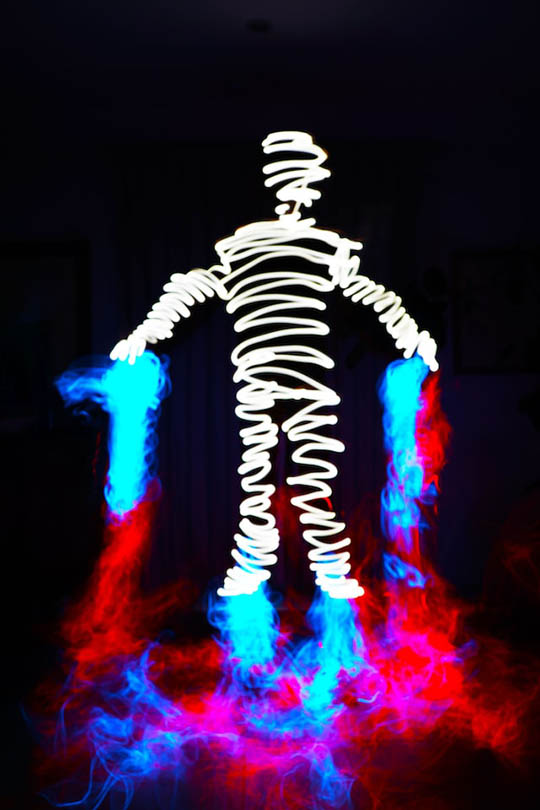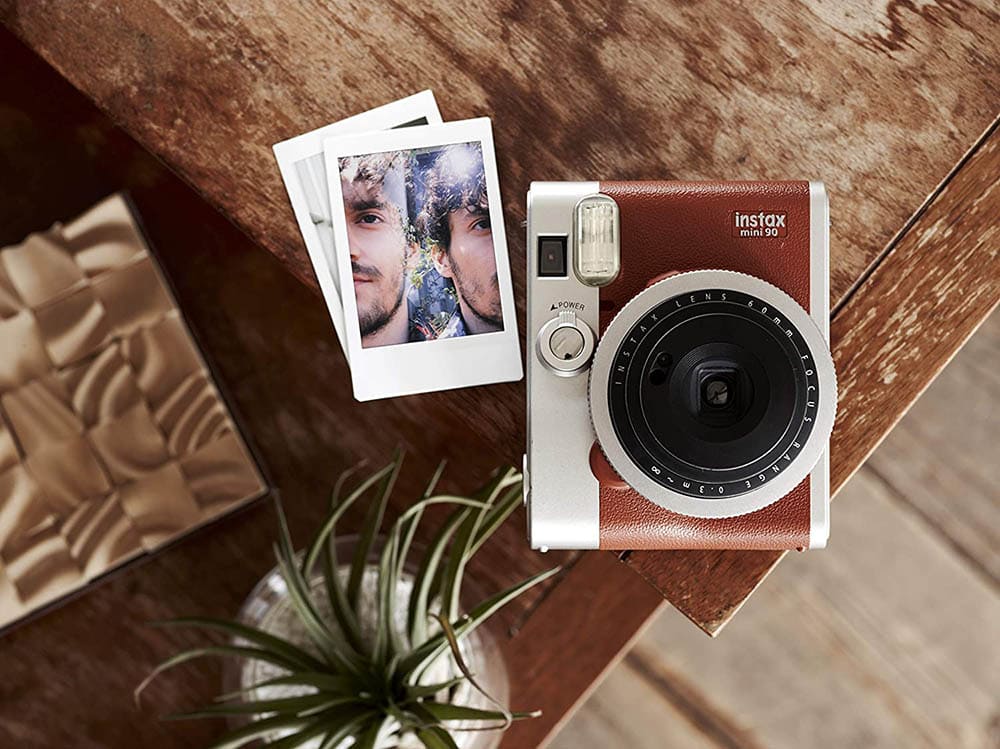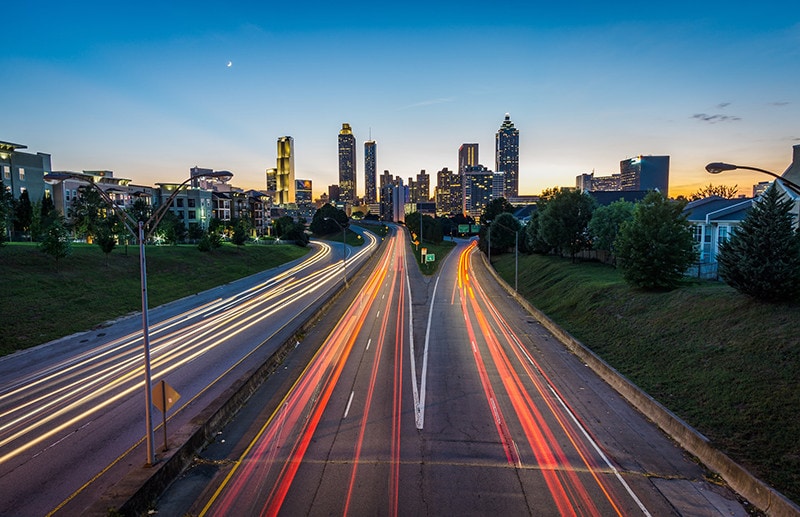10 Creative Photography Ideas to Get You Inspired
Last Updated on

Photography is a fun, easy, and fulfilling hobby with nearly limitless applications. However, despite the endless array of possibilities, even professional photographers find themselves uninspired, picky, and selective of their work and what they share. With so many options at hand, many photographers often experience “decision paralysis,” which can block the creative process, keep those inspiring juices from flowing, and impose unnecessary restrictions.
Often, the calamity of “photographer’s block” stems from not finding the beauty in your work and not being aware of your mistakes. Don’t fear, though, “photographer’s block” doesn’t need to drag you down and is a great way to face your fears and set you up for success! The only way to change this calamity and rewire your creative muscles is to take more pictures.
One extraordinary photo is usually enough to kickstart your imagination and help you find your individual style, express your personality, and fall in love with photography again. If you want to find your passion again and capture incredible moments, try some of these creative photography ideas for a new, exciting, and fresh take on your work.

The Top 10 Creative Photography Ideas to Get You Inspired
1. Recreate Your Favorite Painting Using Photography

Some works of art are classics for a reason, with many leaving positive impressions on our minds and staying with us long after viewing them for the first time. This is no wonder, as art has been proven to impact brain wave patterns, emotions, and the nervous system. As a result, art enhances brain function, but it can also raise serotonin levels. These benefits don’t just apply to viewing art but to experiencing it as well.
You can boost your photography game by drawing inspiration from some of the greatest artists of past and present and interpreting their work through your photography. By translating works of art into photographs, you can express yourself through interpretation and offer a fresh perspective on well-loved works of art.
2. Get Creative With Double Exposures
Double exposure is a common creative technique used in photography and involves the combination of two or more exposures to create a single image. This technique is great for producing ghostly, mysterious images that uniquely tell a story. Double exposures are really easy to create, with many digital cameras including pre-built settings for this technique.
If you do not have a digital camera, Photoshop or other apps can achieve the same effect. Another way to create a double exposure image is by using instant camera film and “exposing” one image on top of another. Double exposures are a great exercise for new and experienced photographers alike. Moreover, this technique creates a surreal feeling that can convey deeper meanings and symbolism than traditional photos.
3. Experiment with Slow Shutter Speeds for a Motion-Blur Effect

Motion blur is a cool effect that can give your photos a creative edge by capturing the feeling of movement in a still image. This technique can highlight parts of a scene that you wouldn’t have noticed otherwise, giving you a new perspective on your subject. Applications of motion blur include sports, adventure, and city photography, as the nature of these subjects lend themselves to this popular storytelling technique. This technique is also great for capturing moving water, cars racing down a highway, and even star trails as we rotate relative to the universe around us.
To take a picture with motion blur, ensure you set your shutter speed to slow. This results in your camera’s shutter staying open for longer, allowing more light to hit your camera’s sensor. By adjusting the shutter speed, you can create a motion blur effect due to the increase in visual information or light captured by your camera. Don’t worry if it takes a few tries to get a result you like; trial and error are key when it comes to motion blur! It’ll likely take a few adjustments to your camera’s settings to capture a photo you love, but the final result is so worth it.
4. Project an Image Onto Your Subject
Some of the most uncommon, unique, and interesting visual effects can be created by positioning your subject in front of a projector. With nearly limitless options, this is one of our favorite creative photography ideas and a great technique to experiment with.
Projector photography is not complicated and relatively easy to set up. By placing your model or subject in front of a projector, you can overlay unique patterns, landscapes, and other interesting backgrounds on them to create an effect similar to double exposure.
With this technique, you aren’t limited to boring white walls or screens, as you can project an image onto virtually any surface. Some fun backgrounds to experiment with include flowy curtains, furniture, tiled walls, and doors. When experimenting with this creative and visually exciting technique, stand behind the projector so that you don’t capture your shadow as well.
5. Use Neon Lights for Interesting Portraits

Photographing models illuminated by neon lights is a creative way to experiment with low-light photography and a great way to add some nighttime photos to your portfolio. However, neon lights can be challenging to capture because they limit you to a small range of colors and light. The electric neon colors produced by these signs can create a unique atmosphere for a portrait and provide you with an endless amount of creative options.
By shooting from different angles, you can also capture a variety of reflections, textures, and interesting details that will take your photography to the next level. If your model is wearing glasses, you can also earn some bonus points by capturing the bright pops of neon light reflected in them. By incorporating neon lights in your photos, you can create eye-catching portraits with visual depth, interesting contrasts, and bold colors.
6. Shoot Pictures in the Rain
Although most photographers prefer to shoot in sunny weather, rain photography can help photographers challenge their skills and capture moody, mysterious, gloomy, and dramatic photos. Photographs in the rain are characterized by an excess of water, generally gray skies, and unsaturated colors that can add an artistic twist to your photos.
Even with the dullest of subjects, the presence of water can easily transform them into works of art. This is because water can capture minuscule, detailed, and interesting reflections and textures that can elevate your photography game.
Shooting in the rain requires a complete understanding of your camera’s settings and is an exercise recommended to photographers with more experience. Next time you need something to do on a rainy day, head out to experiment with your camera. Just be sure to wear a raincoat and protect your camera so neither of you gets soaked!
7. Experiment with Instant Film Photography

Instant cameras use a special type of self-developing film, colloquially referred to as polaroids, to create tangible photos within minutes. This novel type of photography doesn’t produce the striking, high-quality images many are used to; however, you can create some of the most striking and visually interesting photographs with the right techniques.
Instant film appeals to many photographers because it cuts out the laborious steps of uploading, transferring, sorting, and editing your photos. To take an instant photo, all you have to do is trigger the shutter and wait for your image to print and develop, which takes only a few minutes at most. This convenient and time-saving technique creates a unique, grainy, and signature aesthetic that many photographers strive to replicate with digital cameras. This type of photography is also especially accessible to beginners, as polaroid cameras are plentiful and can often be found at thrift stores for low prices.
8. Make a Photo Zine
A photo-zine is a self-published and often handmade collection of photographs laid out in the style of a book or magazine. Although most photo zines only contain pictures, many are supported with snippets of text as well. Photo zines are a great way to jumpstart your creativity because they are great tools for telling a visual story, advertising new ideas, offering previews of an upcoming project, and more. Some people even take a more creative approach to photo zines, incorporating scrapbooking elements into them.
Photo zines are also great for increasing your exposure as a photographer, documenting important life events, remembering significant trips, and more. Thankfully, photo zines are super easy to make and are personalized to each individual who creates them. They also make a super fun project and appeal to crafty and artsy types!
9. Try Taking a Timelapse Photo

Timelapse photography is a unique technique used to view a subject over a period of time. Essentially, this allows photographers to capture processes that would normally appear subtle and slow in one still image. Generally, these photos are captured with long exposures and slow shutter speeds, often overlaid on top of each other for artistic effect.
Excellent subjects for this technique include sunsets, sunrises, moving traffic, boats on the water, melting ice, flowers blossoming, clouds moving, a busy city street, an artist painting, and more. The options are practically endless!
10. Experiment with Rainbows Using a Glass Prism
Using a glass prism can enhance your creative photography by allowing you to experiment with unique light effects. Glass prisms create a “rainbow” effect because each color of light travels through it at different speeds. This causes each color to bend and allows them to spread out over your subject in a prismatic rainbow.
By altering the type of light passing through your glass prism, the angle you hold it at, and varying its position relative to your subject, you can create a diverse array of eye-catching visual effects. The presence of rainbows can also highlight some of the most interesting features of your subject and elevate your photos to a new level.

Conclusion
Like a lot of other creative professionals, photographers are known to experience “photographer’s block,” which is an unfortunate side effect of creating art. Photographer’s block can cause one’s creativity and inspiration to stay stagnant, limiting them from effectively expressing their personalities through their photos. Ultimately, this leads to you taking pictures that you’re unhappy with, adding fuel to this already vicious cycle.
Regardless of what your favorite type of photography is, sometimes all it takes to kickstart your creativity is to step outside of your comfort zone. Therefore, it is essential to challenge yourself and occasionally try a new photography technique. Although photography may seem to be governed by strict rules, specific techniques allow you to enjoy more freedom and elevate your photos’ quality. Next time you start a new photography project, consider some of the creative ideas on this list to take a breather from the rules and get those creative juices flowing again.
- You might also be interested in: GoPro TimeWarp vs. TimeLapse: What’s the Difference?
Featured Image Credit: Pressmaster, Shutterstock
Table of Contents
- The Top 10 Creative Photography Ideas to Get You Inspired
- 1. Recreate Your Favorite Painting Using Photography
- 2. Get Creative With Double Exposures
- 3. Experiment with Slow Shutter Speeds for a Motion-Blur Effect
- 4. Project an Image Onto Your Subject
- 5. Use Neon Lights for Interesting Portraits
- 6. Shoot Pictures in the Rain
- 7. Experiment with Instant Film Photography
- 8. Make a Photo Zine
- 9. Try Taking a Timelapse Photo
- 10. Experiment with Rainbows Using a Glass Prism
- Conclusion
About the Author Robert Sparks
Robert’s obsession with all things optical started early in life, when his optician father would bring home prototypes for Robert to play with. Nowadays, Robert is dedicated to helping others find the right optics for their needs. His hobbies include astronomy, astrophysics, and model building. Originally from Newark, NJ, he resides in Santa Fe, New Mexico, where the nighttime skies are filled with glittering stars.
Related Articles:
How to Clean a Refractor Telescope: Step-by-Step Guide
How to Clean a Telescope Eyepiece: Step-by-Step Guide
How to Clean a Rifle Scope: 8 Expert Tips
Monocular vs Telescope: Differences Explained (With Pictures)
What Is a Monocular Used For? 8 Common Functions
How to Clean a Telescope Mirror: 8 Expert Tips
Brightfield vs Phase Contrast Microscopy: The Differences Explained
SkyCamHD Drone Review: Pros, Cons, FAQ, & Verdict
